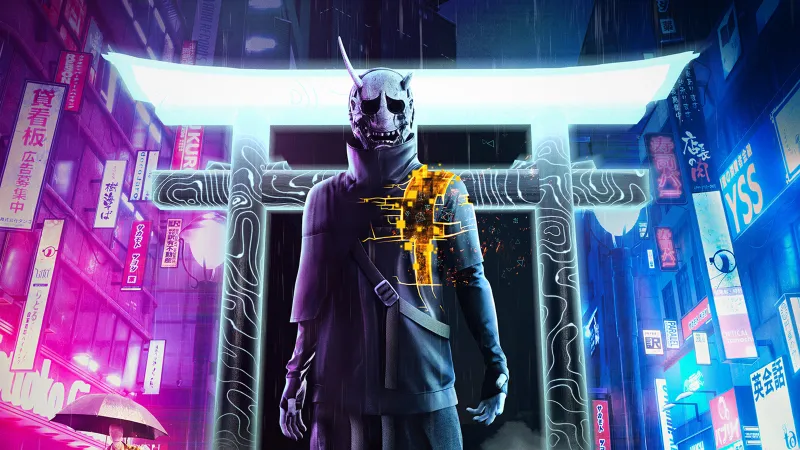
It took more than 10 years, but Shinji Mikami says his original vision for Tango Gameworks is finally coming to life.
Mikami established Tango in 2010 after nearly two decades at Capcom, directing games like Resident Evil and Resident Evil 4, and a few years contracting for Platinum Games, where he directed Vanquish. His vision: give younger developers a chance to direct their own games and provide opportunities they might not get at other companies. Or, more bluntly, as he told Polygon in 2014, let people under 40 direct games.
“If you’re over 40, you’re somewhat out of touch with the people buying your games,” Mikami told the outlet, “and when you’re young, you don’t know enough about the industry. When you’re in your 30s, you have the right balance – you’re energetic and have your ego and can focus without distractions, but you have enough experience to manage people and know the business.”
Charitably, it actually took seven years for Mikami’s vision to become real, marked by the release of The Evil Within 2 in 2017, directed by John Johanas. More cynically, and if you’re Mikami himself – now 56 – it took 12 years. Nevertheless, as he sees it, Tango’s here now. And its latest game, Ghostwire: Tokyo, is a line in the sand.
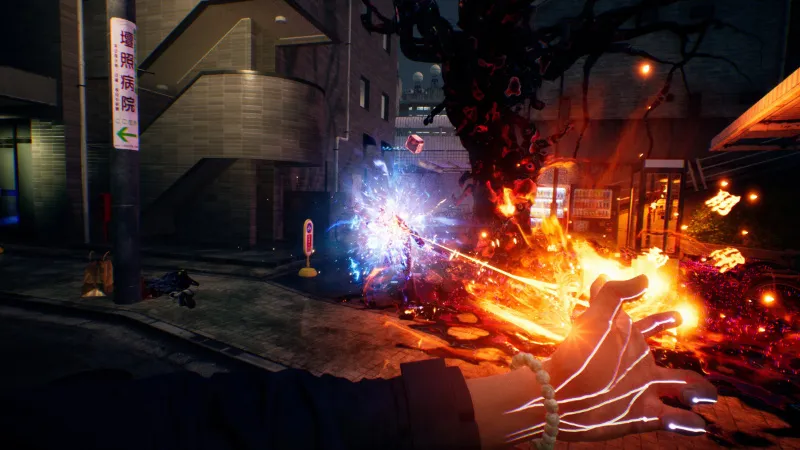 Tango Gameworks' latest game, Ghostwire: Tokyo
Tango Gameworks' latest game, Ghostwire: Tokyo
Early in Tango’s history, Mikami gave many interviews about his vision. But at the time, it was just that: a vision. Somewhat speculative and certainly unproven. However, in the run-up to Ghostwire’s release, and with the advantage of 12 years of hindsight, we decided to revisit Tango’s mission statement. Talking to three higher-ups within the company – Mikami, producer Masato Kimura, and Ghostwire director Kinji Kimura – we learned how Tango finally got here and what it plans to do next.
Funding the Dream
As noble as his intentions may have been when founding Tango, Mikami directed the studio’s debut project, the survival horror game The Evil Within, released in 2014.
Mikami will be the first to tell you he still likes directing games. But he’ll also tell you that in the case of The Evil Within, him sitting in the director’s chair had less to do with a personal investment in the project and more to do with business.
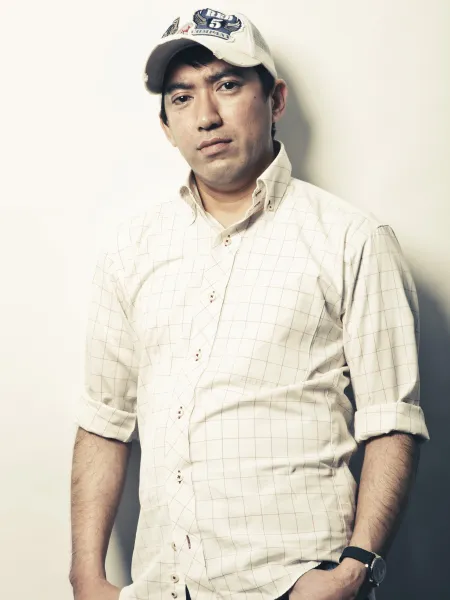 Image source: Tango Gameworks
Shinji Mikami
Image source: Tango Gameworks
Shinji Mikami
“I’m not sure if I’m allowed to say this, but I did need to be the director in order to manage the completely new team under this new studio,” he tells Game Informer via a translator. “And also, there was this thinking where I probably needed to be the director in order for the funding to come in.”
Even though the game was marketed as his return to survival horror, a genre he helped invent and popularize with the first Resident Evil, Mikami spent his post-Capcom, pre-Tango years turning down proposals for new horror titles. Even in the case of The Evil Within, Mikami tells us, “at the time, yeah, if there was a chance not to work on a horror game, then maybe I would’ve considered that.”
“It’s not bad,” he adds. “It’s just; I wish I could’ve raised the quality a little bit more.”
After The Evil Within, John Johanas was the first new director within Tango to get the chance to lead a project – at least that we’ve heard. How he got it is a bit unorthodox. Johanas joined Tango in August 2010, shortly after the company was founded. Before joining, he was an English teacher for Japan’s JET Program, a government program built to teach foreign languages in Japan (and a common way for people to get working visas to move to the country).
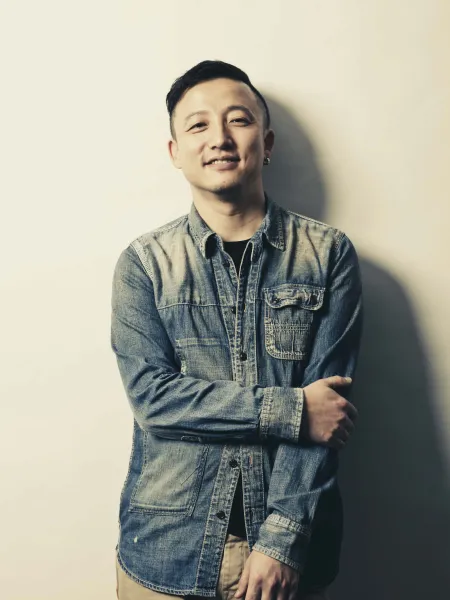 Image source: Tango Gameworks
Masato Kimura
Image source: Tango Gameworks
Masato Kimura
Johanas translated a “huge” Japanese novel into English as part of his application process, gifting it to the studio head. Mikami was surprised, but admits he wasn’t interested in Johanas being an English teacher. Not to mention, he doesn’t read the language. Nevertheless, Johanas got the job. “[I] saw there was passion in his eyes,” Mikami says.
Johannes spent his first three or four years creating game design documents and then levels for The Evil Within. When Tango had an opportunity to develop DLC, director duty went to Johanas, who led development on “The Consequence” and “The Assignment,” both released in 2015. Then he directed an entire game: The Evil Within 2, which was critically well-received if not successful commercially.
Johanas is already working on his next game as director, marking the first developer at the studio publicly announced as director of more than one project. “He’s entering his prime,” Masato says.
But Johanas is certainly not the most recognizable name from Mikami’s stable of new directors. That would be Ikumi Nakamura. But it’s complicated. And ropes in Tango’s latest director, Kinji Kimura.
Politics
On paper, Nakamura seems like the ideal director for Mikami’s vision. By the time she got to Tango, she’d had a long career in the game industry – also at Capcom and Platinum, though she didn’t work directly with Mikami – helping develop the extremely well-liked Ōkami at the former and Bayonetta at the latter. According to Mikami, based on her work as a concept artist on The Evil Within, Nakamura’s talent was “above and beyond” other developers. “The next step for her was definitely to be the director,” he says.
His instincts were correct – and then some.
At E3 2019, Nakamura announced her directorial debut, Ghostwire: Tokyo, during Bethesda’s press conference. Almost instantly, she became an internet celebrity due largely to her endearing speech. It made Nakamura one of the more-recognizable game developers in recent years, and it also put her new project on people’s radar. “Considering the game industry at the time, it was pretty clear that if she were to come on stage as a creative director, she would become very popular at a speed much faster than anyone else,” Mikami says.
Again, his instincts were correct, but fate had other plans. In September 2019, Nakamura left Tango Gameworks, two years before it wrapped work on Ghostwire.
Nakamura’s departure is complicated and something we spoke to her in-depth about in 2021. Alongside the health issues she was experiencing, Nakamura struggled under the pressure of developer-publisher relationships; she didn’t like the stress of Bethesda, Tango’s parent company, having complete control over her project.
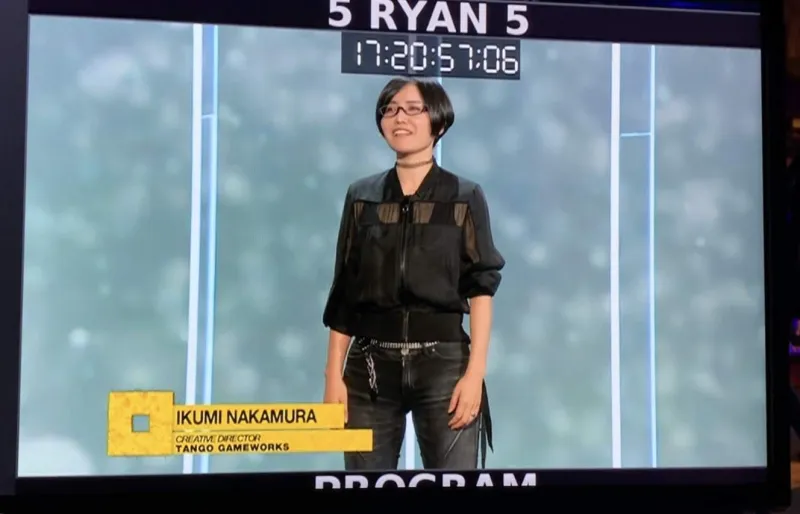 Image source: Ikumi Nakamura
Behind-the-scenes look at Ikumi Nakamura at E3
Image source: Ikumi Nakamura
Behind-the-scenes look at Ikumi Nakamura at E3
“I was a creative director, so this is literally my baby,” Nakamura told us. “My four-year-old baby. So, to let that go – ask any mother to let her baby go. It was that gut-ripping.”
As to be expected, the Tango employees we talked to wish Nakamura the best in her career; she’s listed in the “Special Thanks” portion of Ghostwire’s credits. Shortly before the release of her former project, Nakamura formally announced her new independent studio, Unseen, marking the next stage in her career. “She made the world and art for Ghostwire, and we very much appreciate the work that she’s done,” Mikami says.
Kinji Kimura, who began on Ghostwire as a game designer, took Nakaura’s place. With his new job came a learning curve. Kinji is quick to point to Mikami as a mentor, especially when it comes to how to direct a video game. That’s not to say Mikami isn’t also taking lessons from his younger staff.
Getting Bored, Powerfully
If there’s one thing that comes up repeatedly in our interviews with Tango, it’s the idea of the customer experience. And almost every time it’s brought up by Masato and Kinji, they immediately point back to Mikami.
“His mentality goes far deeper in regards to customer experience than everybody else probably thinks,” Kinji says. “That has been a very big learning experience for me.”
